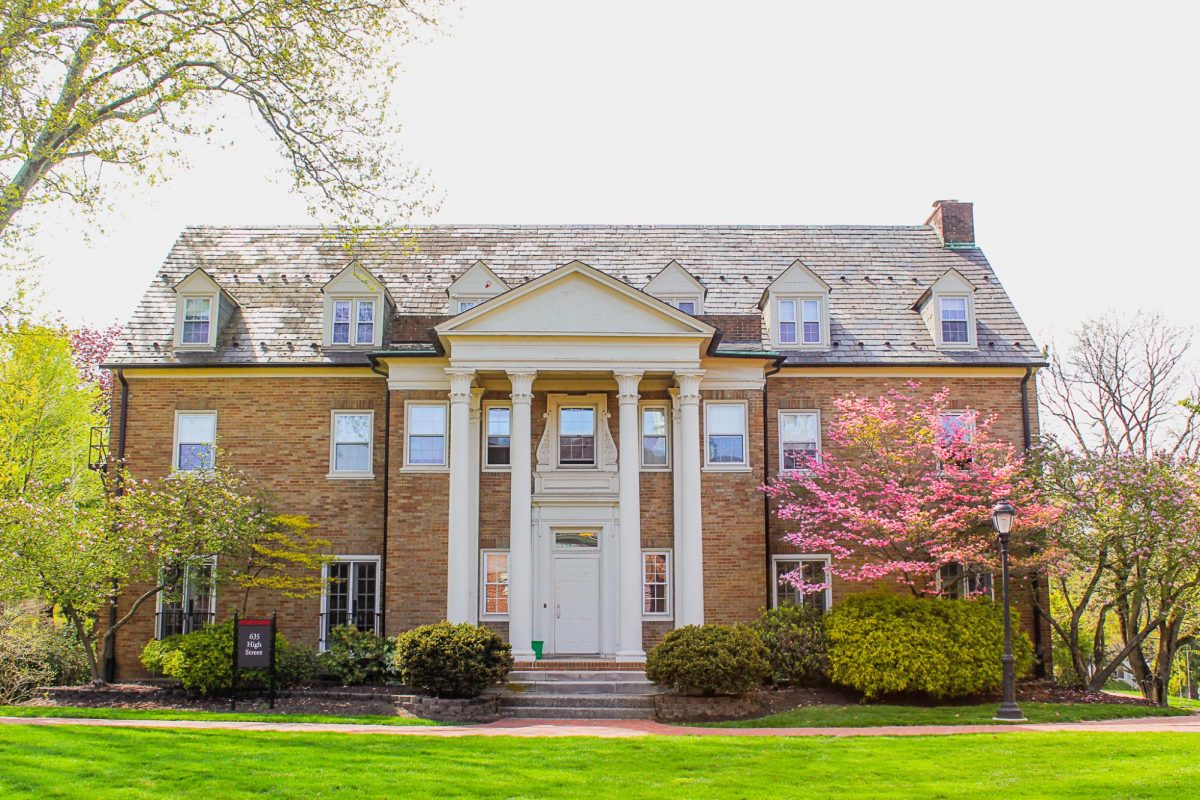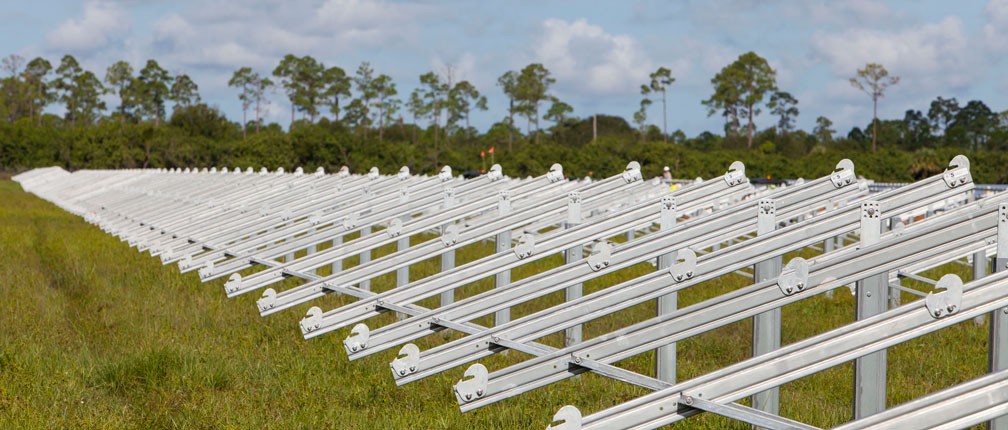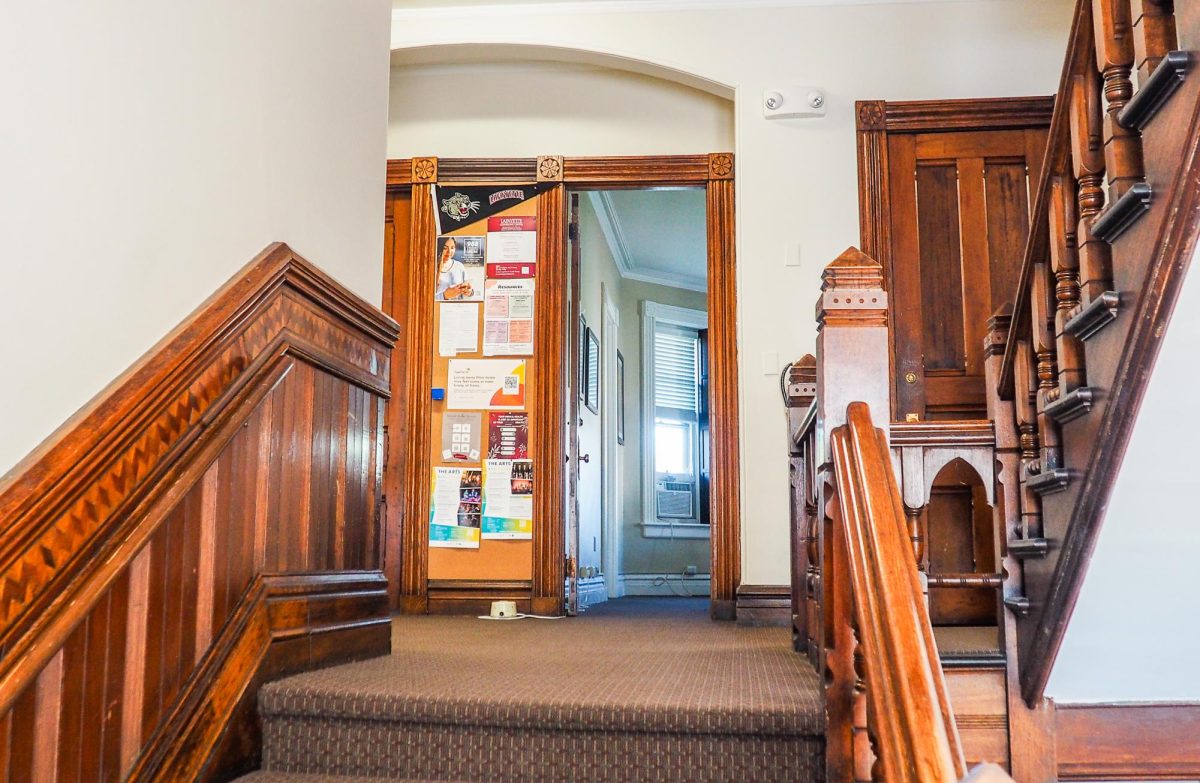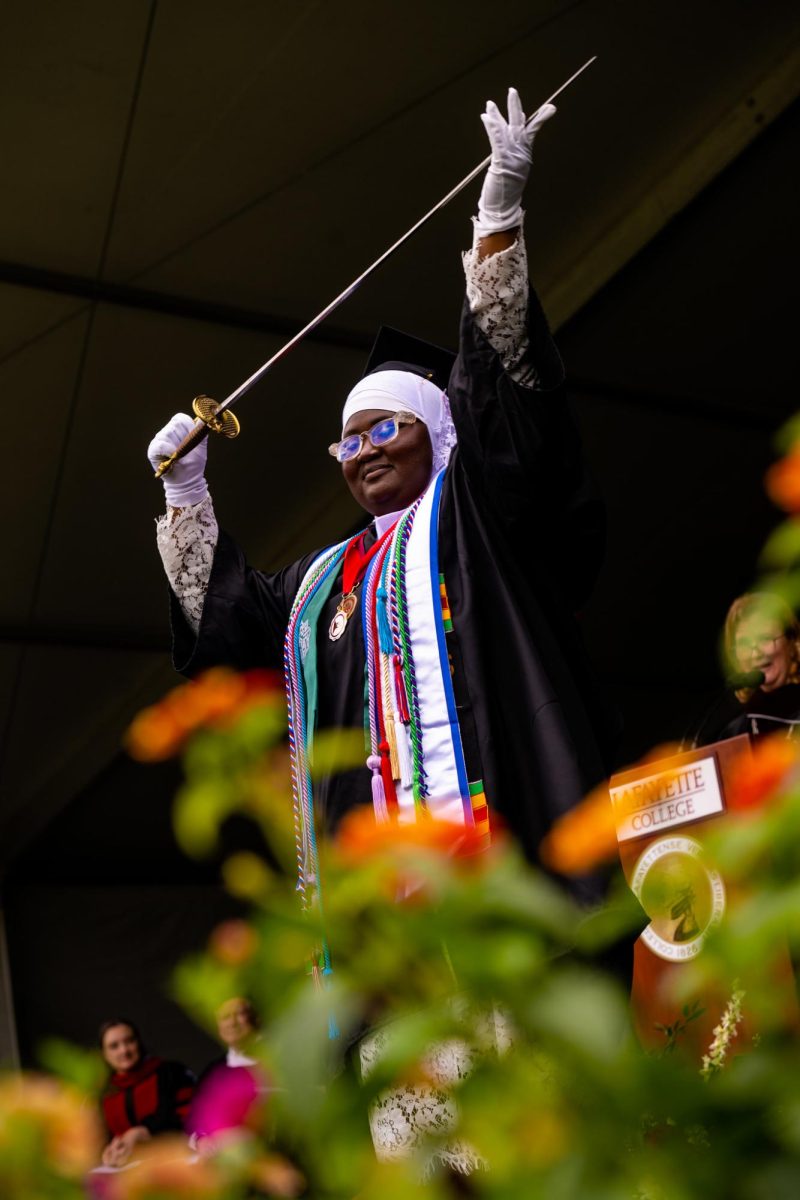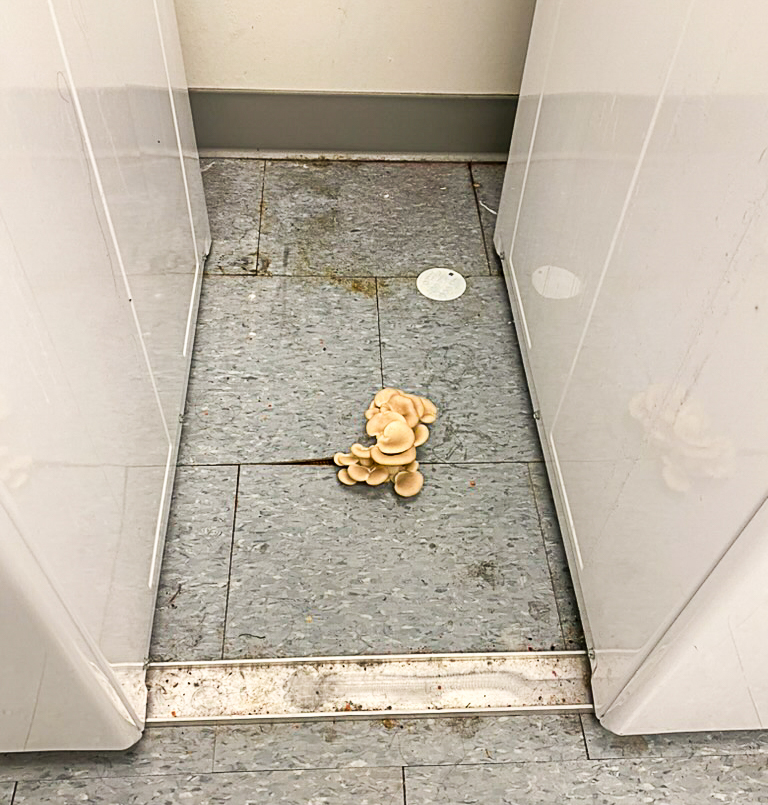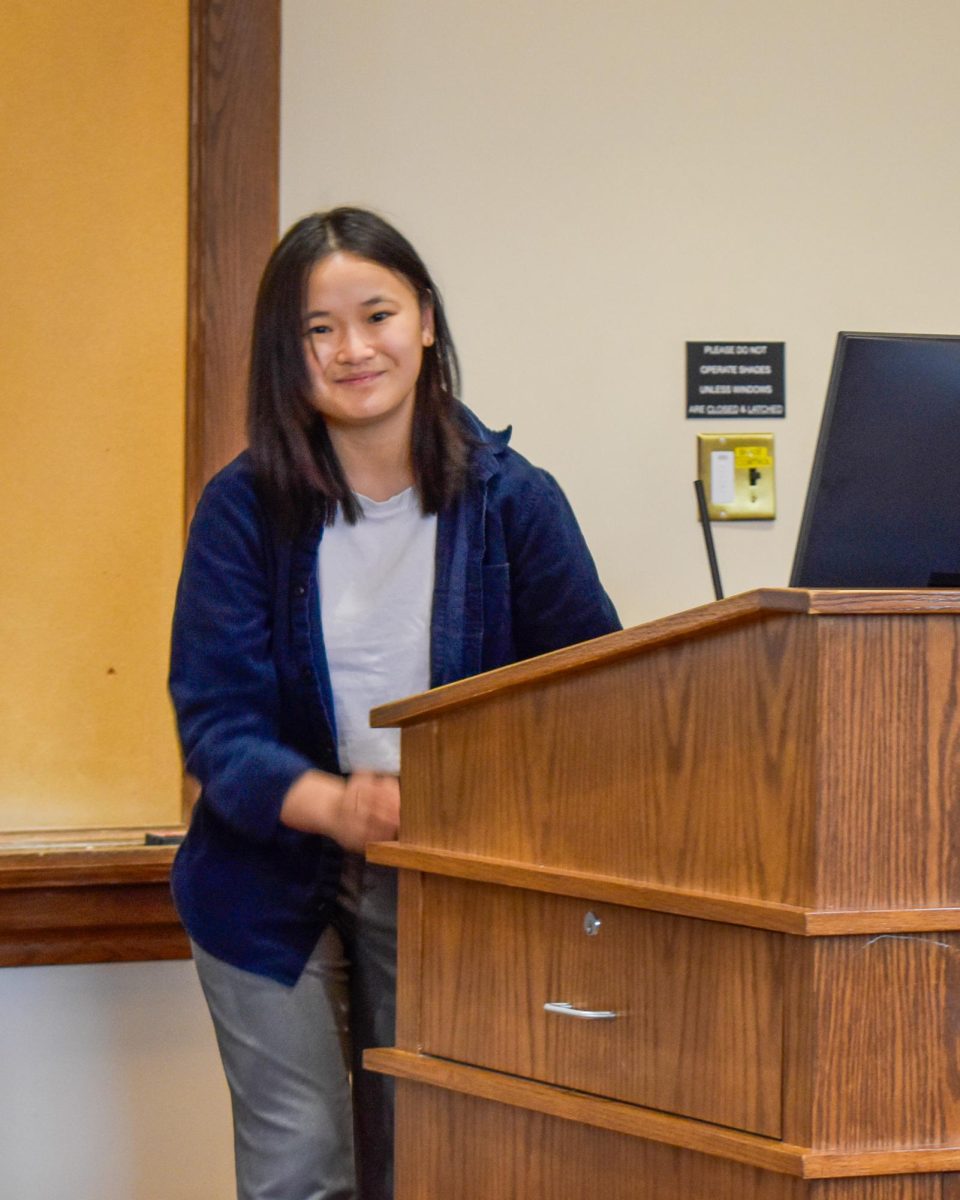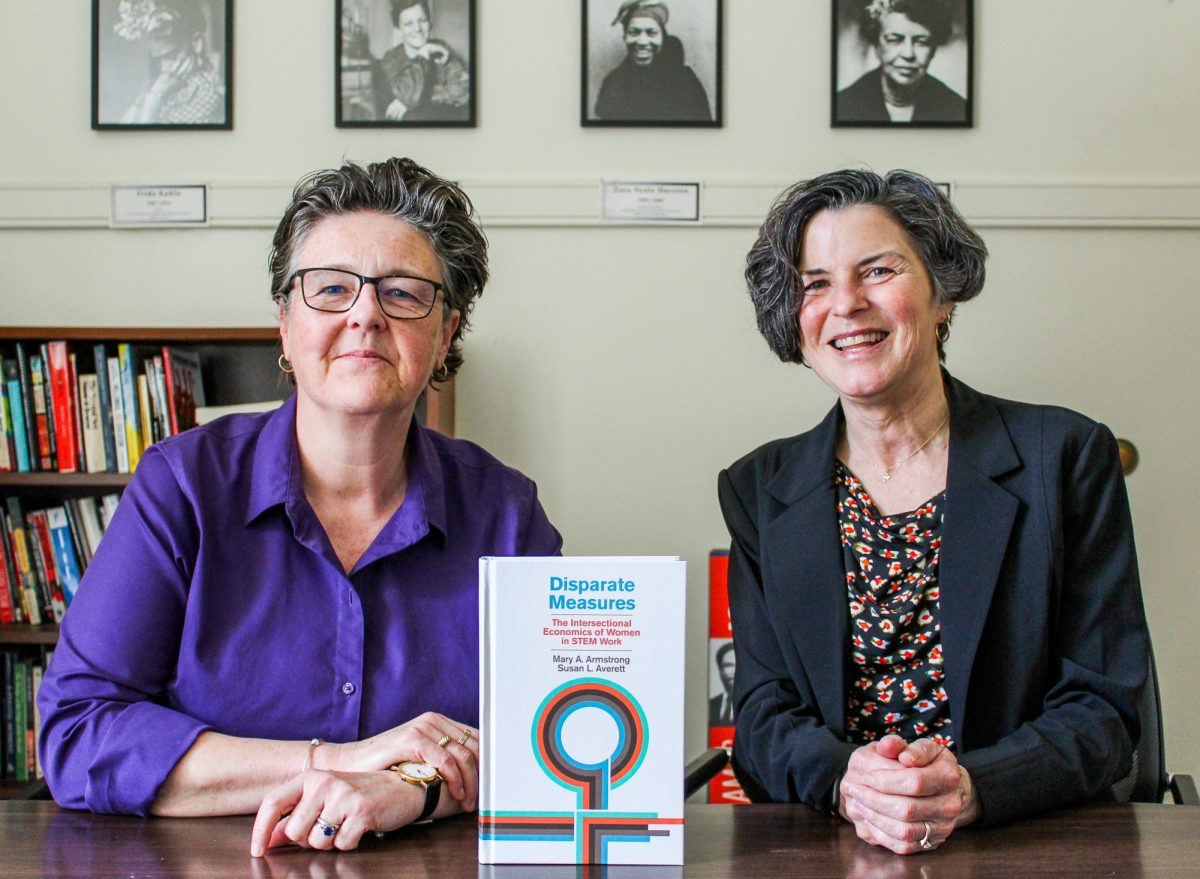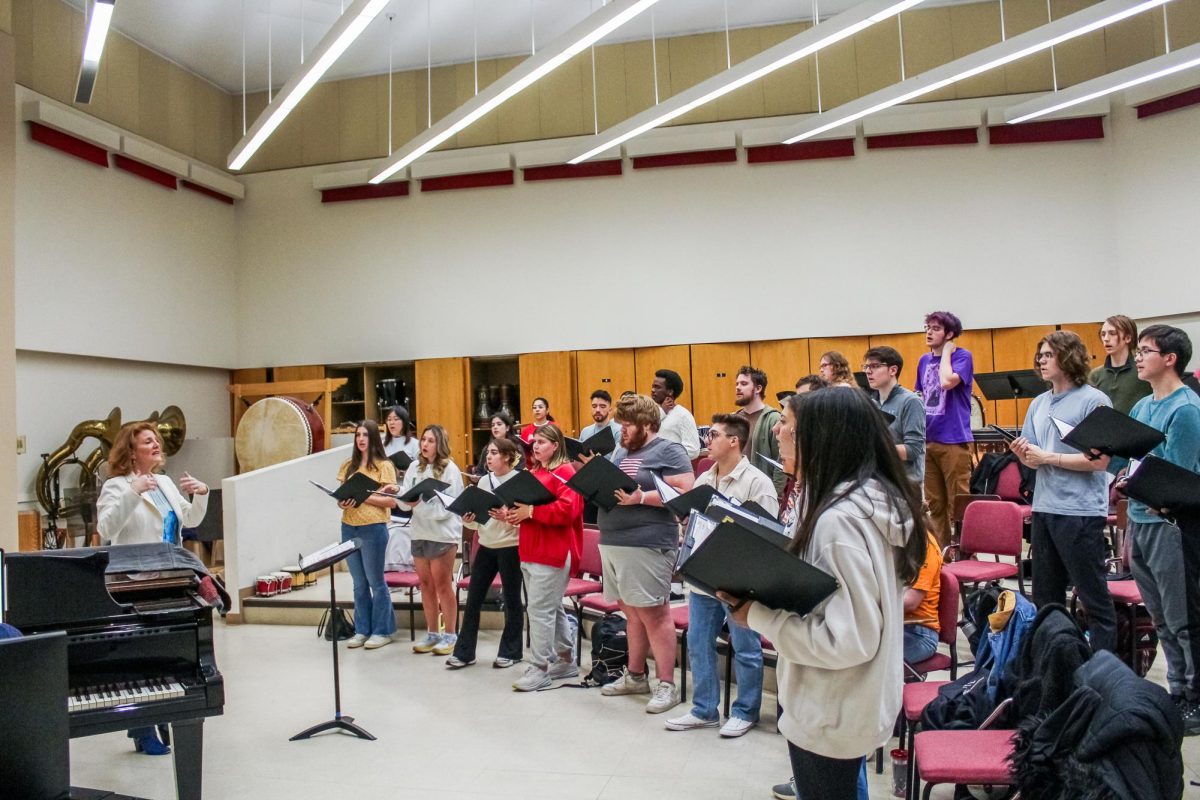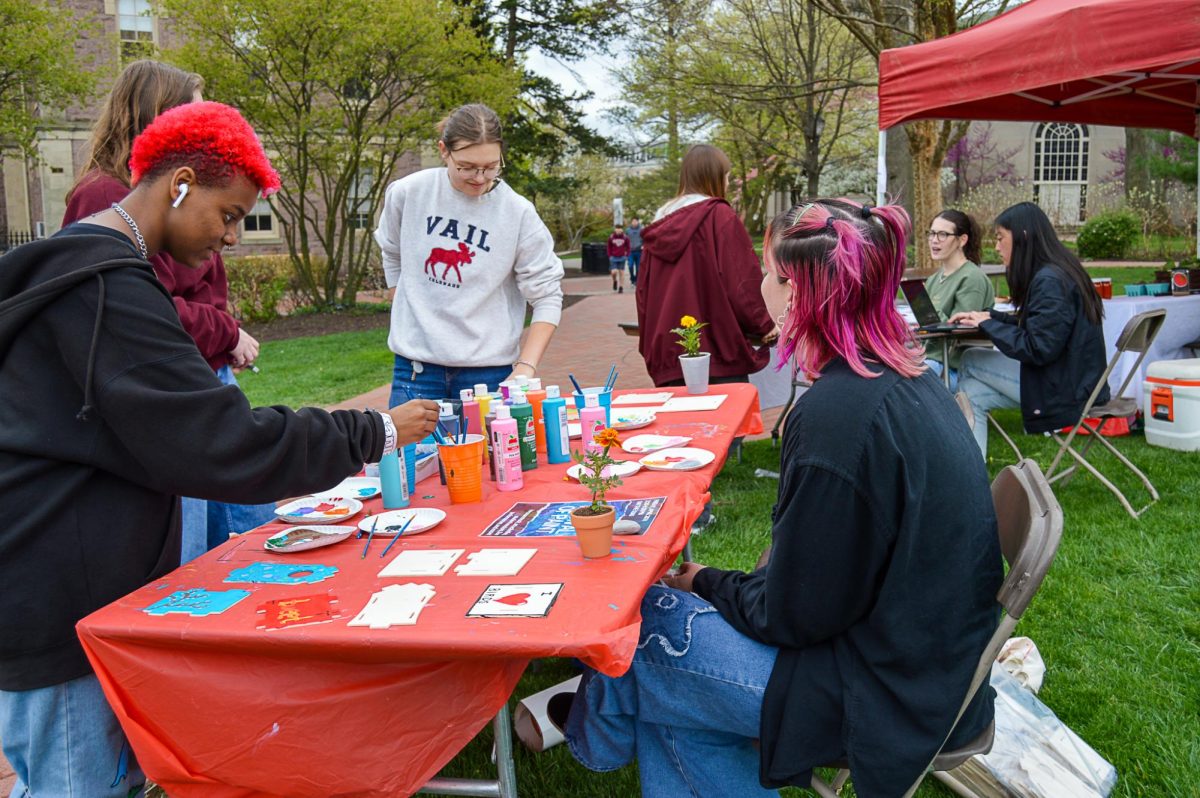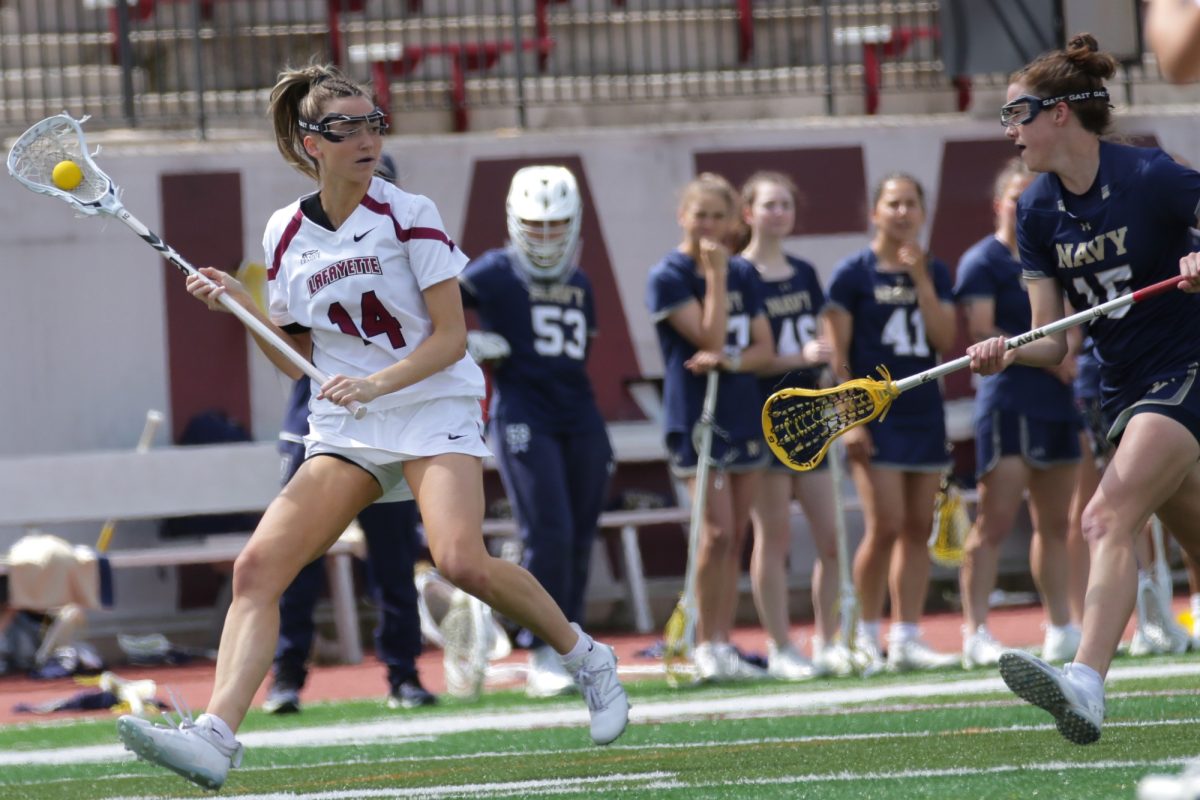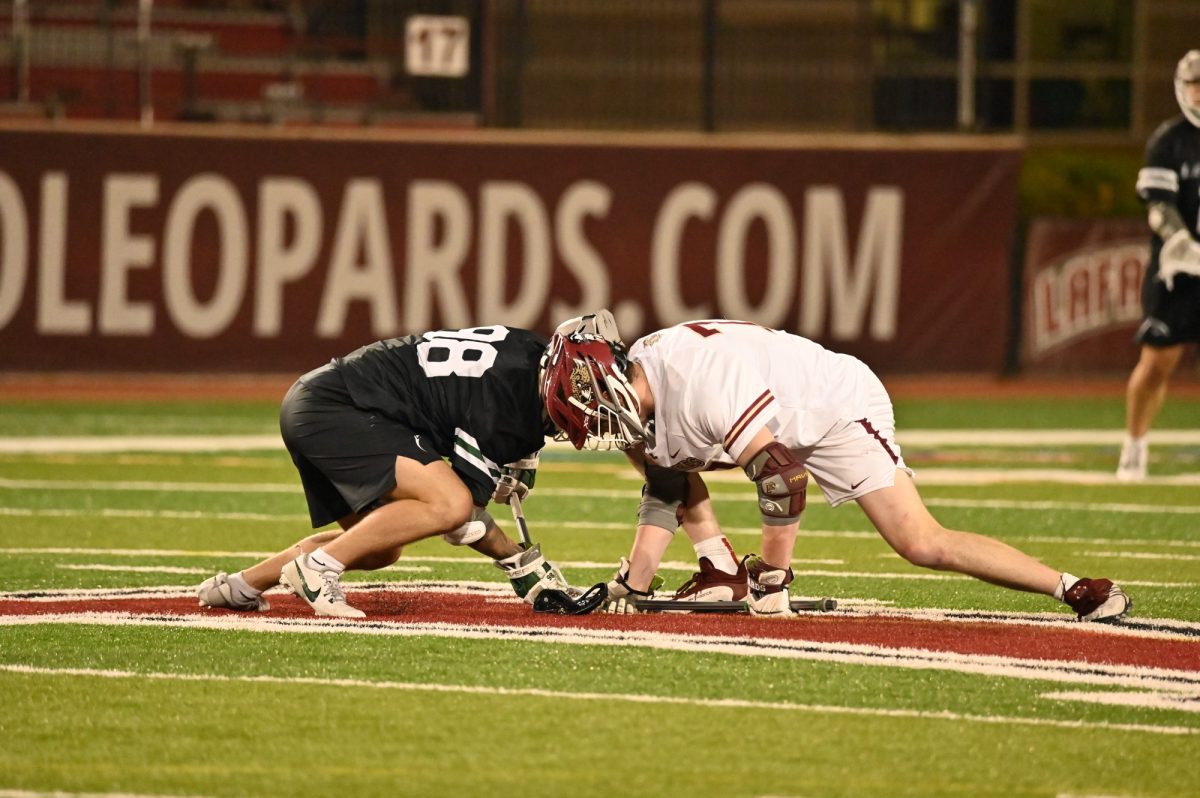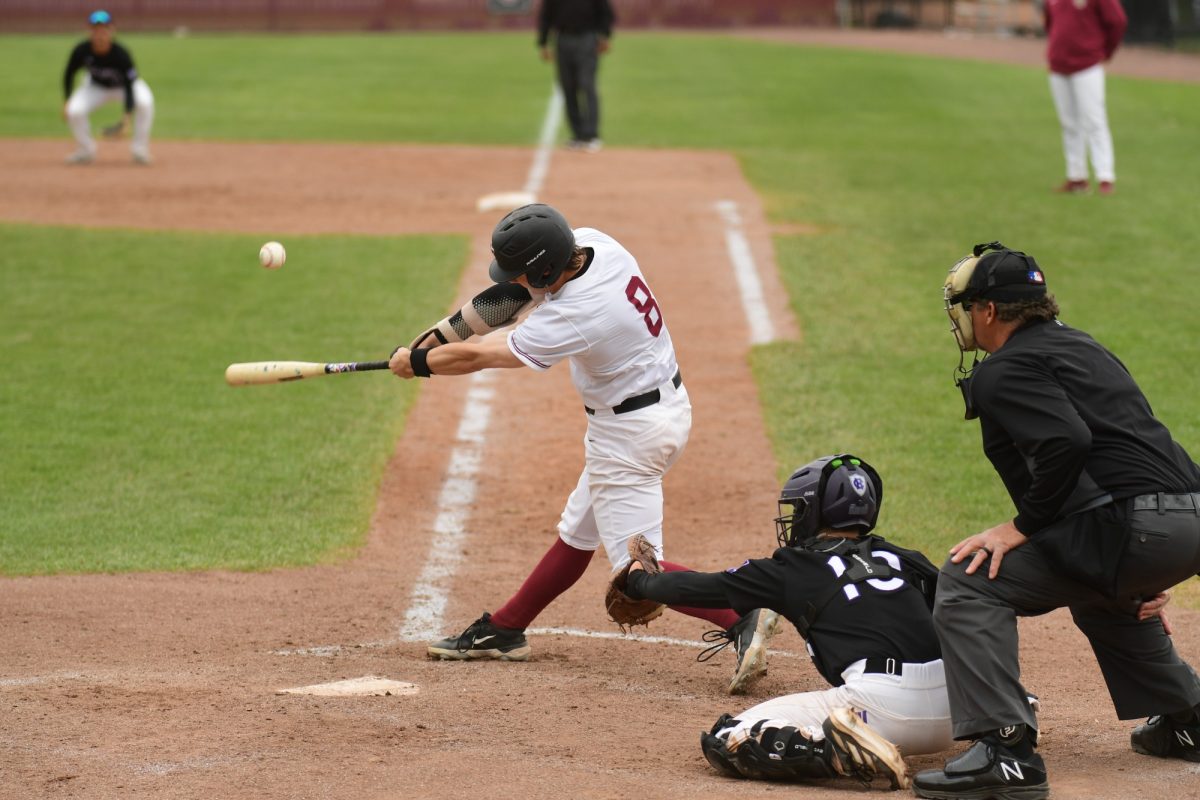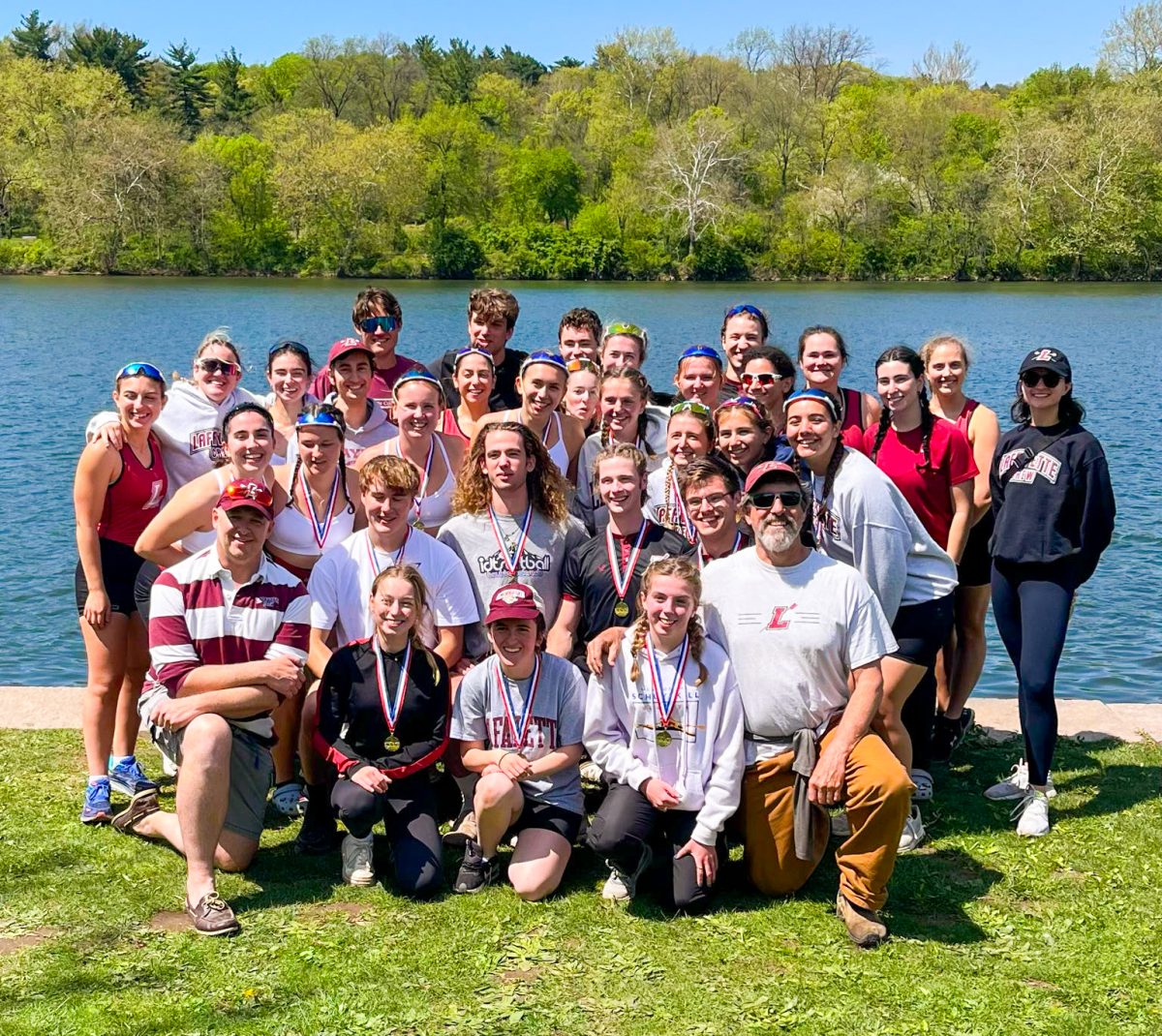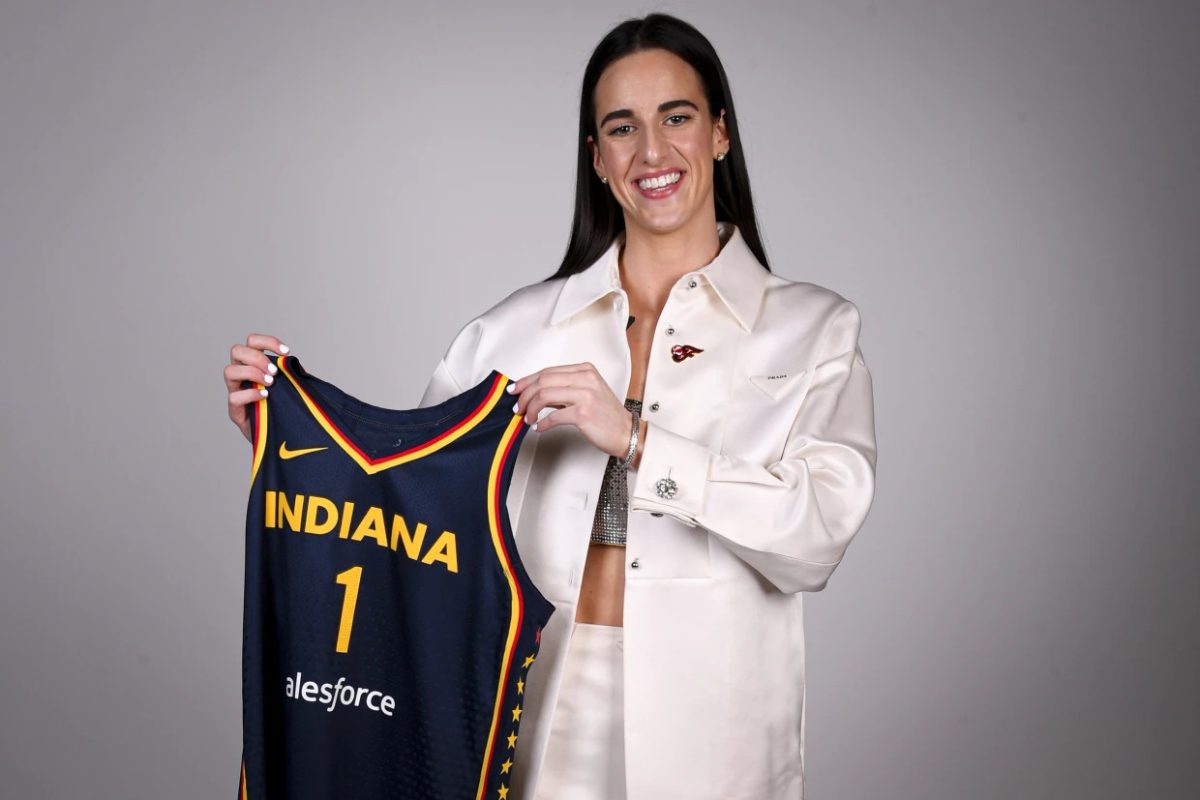By Michael Kelley ’14 and Mick Kowaleski ’14
NHL Lockout…2012? Merely seven years after the 2005 season was lost, the latest edition of pro hockey is in jeopardy as negotiations over the new collective bargaining agreement have stalled, potentially ending hopes of a season.
Kowaleski: For the love for all that is Stanley, enough. With. The. Strikes. First the NFL, then the NBA, and now the NHL. Just get this stuff figured out ahead of time.
That said, Mike, I cannot believe I am siding against the players for once. It goes against my usual habits; I know I am always for the men putting their bodies on the line for the games we love. But as it stands, NHL players raked in 57 percent of the league’s profits in 2011. To compare with other leagues fresh off their own strikes, NFL players made 48 percent last season and NBA players received an even 50 percent. Add in the fact that, unlike their contemporaries, NHL players are guaranteed every cent of their contract, and I believe that they can stand to lose a little cash. I am a huge proponent of incentive-based contracts. Secure? No. But it ensures that the player will earn every cent.
It is a business, after all. And with approximately a third of the NHL’s teams losing money and the elimination of the salary cap floor (currently $16 million), the addition of incentive-based contracts will greatly increase the quality of poorer teams in the league.
Kelley: This summer, I worked for Charles Wang of the New York Islanders, a team that loses millions of dollars each year. And so I find myself siding with him and the owners, not just because he was my boss.
I worked there at a time when the preseason (now canceled) was months away. But the entire organization was doomed with the eventual fate of a lockout. Some full-time workers in sales were let go… Mr. Wang simply did not have the budget to keep them. So how does it make sense for the players to make even more money when the owners keep losing money annually?
The Islanders will face the threat of relocation in 2015 if they don’t receive a new stadium bill. To receive that bill, the taxpayers and the NHL need to know that Mr. Wang is financially secure. How can that happen if he keeps losing money each year?
I know it’s a complicated situation and that both sides simply want play to resume. But in this instance, the owners need to stand ground until they receive their fair deal, which would preserve the long-term stability of the league.
The debate over the status of student-athletes as amateurs reached a new height as NCAA leaders are privately debating the growing use of athlete images in commercial products, with one executive proposing to drop the term “student-athlete” completely.
Kowaleski: Let us be serious. For most major Division I programs, the term “student-athlete” is a joke. I myself have made plenty of jokes about Fab Melo being suspended for failing Advanced Fingerpainting. While some programs, like Stanford and Duke, actually care about the former half of the term, when most people hear “student-athlete,” they really hear “athlete who is in college.” Not an athlete who studies.
But the bigger issue still lingers on whether players should be compensated contributing to the massive monetary haul that their sports bring to the schools. Some people (myself not included) prefer NCAA over the professional game, primarily because “they are not playing for money. They are playing for their school.” I contest that most players who are playing in nationally televised games are trying to get drafted and make money. They would not turn down money if they were offered it. I think compensating them and removing their amateur status would deromanticize the whole “amateur” concept, but it would be much more honest about what these games are: money makers. These student-athletes don’t have to be students.
RGIII would just have his endorsement a year earlier.
Kelley: 1.7 percent of college football players, 1.2 percent of men’s basketball players, and 1.3 percent of men’s ice hockey players play professionally. Starting to see the trend here?
This means a very small group (the 1 percent) makes it the next level and receives the big bucks. The rest (the 99 percent) are at school for degrees and jobs, not to use their university as a platform to dive into the NFL, NBA, and NHL. There is absolutely no reason to do away with the term “student-athlete,” because 99 percent of collegiate athletes are exactly that: students first, athletes second.
As for the players that are marketed nationally, their schools, not them, should be compensated. Through scholarships, star athletes attend universities for free. These universities market their athletes to the professional leagues and provide them a stage to show off their skills to the world. Although these stars rake in millions for their school, they are there to represent their school, and play for the love of the game. That, I believe, is the beauty of college athletics.


